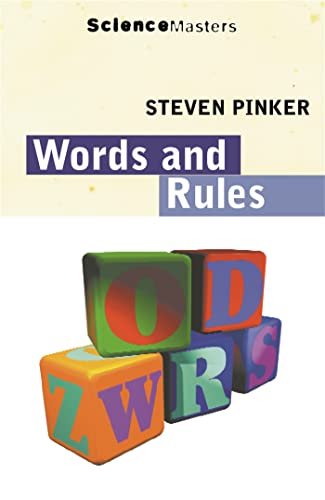How does language work? How do children learn their mother tongue? Why do languages change over time, making Chaucer's English almost incomprehensible? Steven Pinker explains the profound mysteries of language by picking a deceptively simple single phenomenon and examining it from every angle. That phenomenon - the existence of regular and irregular verbs - connects an astonishing array of topics in the sciences and humanities: the history of languages; the illuminating errors of children as they begin to speak; the sources of the major themes in the history of Western philosophy; the latest techniques in identifying genes and imaging the living brain. Pinker makes sense of all of this with the help of a single, powerful idea: that language comprises a mental dictionary of memorized words and a mental grammar of creative rules.
Human languages are capable of expressing a literally endless number of different ideas. How do we manage it--so effortlessly that we scarcely ever stop to think about it? In
Words and Rules: The Ingredients of Language, a look at the simple concepts that we use to devise works as complex as love sonnets and tax laws, renowned neuroscientist and linguist Steven Pinker shows us how. The latest linguistic research suggests that each of us stores a limited (though large) number of words and word-parts in memory and manipulates them with a much smaller number of rules to produce every writing and utterance, and Pinker explains every step of the way with engaging good humor.
Pinker's enthusiasm for the subject infects the reader, particularly as he emphasizes the relation between how we communicate and how we think. What does it mean that a small child who has never heard the word wug can tell a researcher that when one wug meets another, there are two wugs? Some rule must be telling the child that English plurals end in -s, which also explains mistakes like mouses. Is our communication linked inextricably with our thinking? Pinker says yes, and it's hard to disagree. Words and Rules is an excellent introduction to and overview of current thinking about language, and will greatly reward the careful reader with new ways of thinking about how we think, talk, and write. --Rob Lightner
